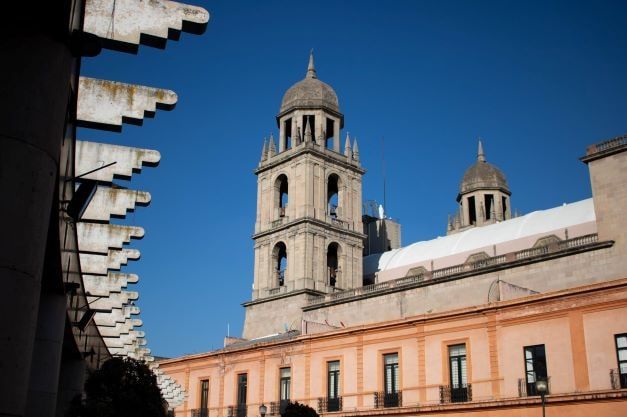Get to know Toluca, the capital of the State of Mexico
The modern and increasingly industrialized city of Toluca has been able to preserve the great cultural and artistic heritage of its area, characterized by its fertile valleys and the artistic genius of its people.





